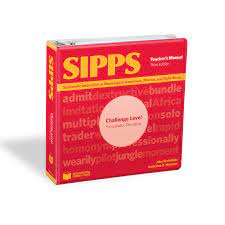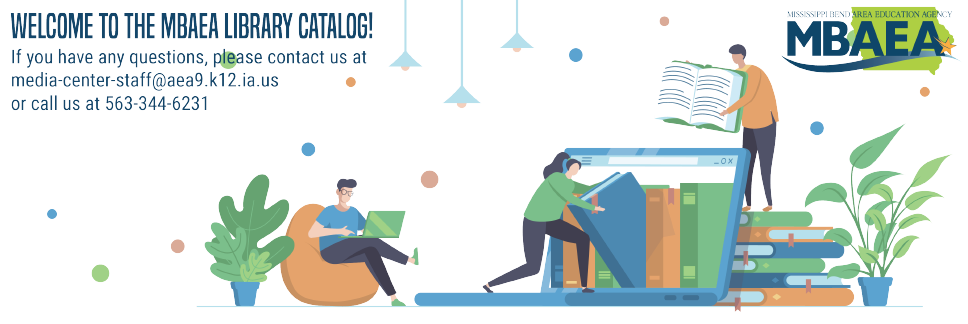
Curriculum Library
|
SIPPS, Grades 2-12 Curriculum : Challenge Level
Copies
1 Total copies, 1 Copies are in,
0 Copies are out.
Title
SIPPS, Grades 2-12 Curriculum : Challenge Level
Call No
XXLIT109
Edition
4th Edition.
Language
English
Published
Alameda, CA : Center for Collaborative Classroom, 2020.
Target Audience
Adult
MLA
APA
Chicago
0
/
0








